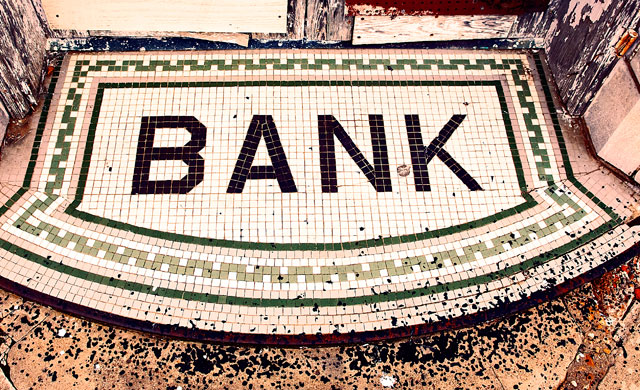In one sense, I suppose that discussing the root cause of a crisis that happened eight years ago, is a bit foolish. Especially considering the current condition of the global economy. On the other hand, there may still be time to learn some lessons.

Besides, I owe some banks an apology.
Don’t Blame the Banks
The banks were squeezed by social progressives whose agenda included “fairness” in lending. We’re not talking about judicial fairness. Neither are we talking about fairness according to good business practices. We’re talking about a belief that everyone, regardless of their circumstances, ought to be able to obtain a mortgage to buy a home. We’re talking about what some people preach as social justice.
Social Justice Destroyed the Integrity of the System
I have said numerous times in this column that cause and effect are not necessarily closely related in time and space. In this case, the cause of the 2008 sub-prime lending crisis, and its subsequent impact on the global economy, began in the 1970s as social activist began to claim that banks were discriminating against minorities and the poor (often the same).
Lenders had a history of requiring 10% to 20% minimum down payments, even when applicants met rather strict underwriting standards. I personally don’t care for the term “underwriting standards.” People generally don’t understand what that means. They think that underwriters are crotchety, angry old men who like to tell hopeful applicants a resounding “No!” In fact, they are risk managers whose responsibility is to protect the bank’s assets. The very need for risk management implies that some mortgage applicants are not qualified.
The Campaign to Make Home Ownership Affordable
By the late 1970s, government-funded housing projects had concentrated “the poor and minorities” within those “projects.” Subsidized rental housing became a breeding ground for poverty, crime, and drugs. The progressive liberals decided that the war on poverty could be solved by preventing the banks from discriminating against the less fortunate. (Think for a second or two about what “less fortune” means. It refers to people who have less money. In this case, not enough “fortune” to afford a down payment or a monthly mortgage payment.)
Progressives Blamed the Banks
Activists, politicians, lawyers, and community organizers began attacking the banks’ lending procedures as being unfair. President Jimmy Carter started the wrecking ball rolling when he signed the Community Reinvestment Act of 1977. “The Community Reinvestment Act is intended to encourage depository institutions to help meet the credit needs of the communities in which they operate, including low- and moderate-income neighborhoods, consistent with safe and sound operations.”
It wasn’t long before “consistent with safe and sound operations” became more than a subordinate clause, with further obligations placed on lenders in 1995 and 2005.
Progressive Activists Destroyed the U.S. Mortgage Lending Business
The push for equal lending included putting political and social pressure on the banking system to loosen underwriting standards. Among these activists were Nancy Pelosi, Barack Obama, and Hillary Clinton. Now, under pressure and federal scrutiny, banks were required and rated based on their “equal lending” performance. In addition, Fannie Mae and Freddie Mac loosened their restrictions on the banks, assuring them that they had their backs.
It all began to fall apart when “first by the thousands, and eventually by the millions, people who lacked the ability to pay back their loans stopped making their loan payments. This caused the panic of 2008, followed by the crash of 2008.”
It Wasn’t a Banking Crisis
It was a crisis for which the banks took the blame. It was a crisis of ignorance. It was the agenda of social and political activism that should take the blame. The banks hands were damned if they complied, and threatened with damnation if they did not.
If you want to know more in-depth information on this subject, I recommend reading Stealing America by Dinesh D’Sousa and Architects of Ruin by Peter Schweizer.

 Hot Features
Hot Features













